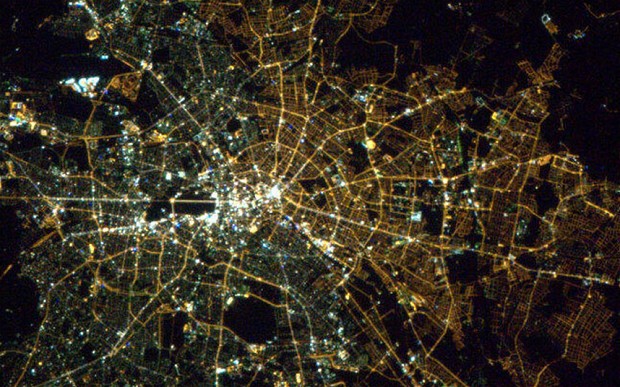As I continue to work on Book II of The Lattice Trilogy, I am writing more and more about the legacy of old technology. Writing about “old” technology in 2081 means writing a lot about current times (and the next few decades).
But there are so many examples of legacy technology today. We are surrounded by it. We often think of technology as this march of progress, but a better image would be of geologic strata. New technology is layered over older technology, but the old technology doesn’t go away. It’s just not as visible. It’s a much more accurate idea than the concept of new technology progressing and replacing an older technology. In other words, guns are better than crossbows for shooting things, but we still have crossbows hundreds of years after the invention of gunpowder. They didn’t just disappear.
The other important thing to recognize about older technology is that we often forget how much politics and culture affect which technology we use. There is no technical reason we couldn’t have supersonic cross-country flights, except that culturally and politically we don’t allow jets to create sonic booms over our country. There is no technical reason we couldn’t have regular missions to the Moon, except that we went there for a very specific cultural and political purpose, and without that purpose, the expense seemed too high.
This image might be my favorite example of how culture and politics affect technology.

The image is of Berlin, taken from space last year. And yet the division between East and West Berlin is still clearly apparent, 25 years after the fall of the Berlin Wall, simply because they used different bulbs in their streetlights for so many years.
The technology we use has just as much to do with our culture and politics as it does what technology is best or newest.